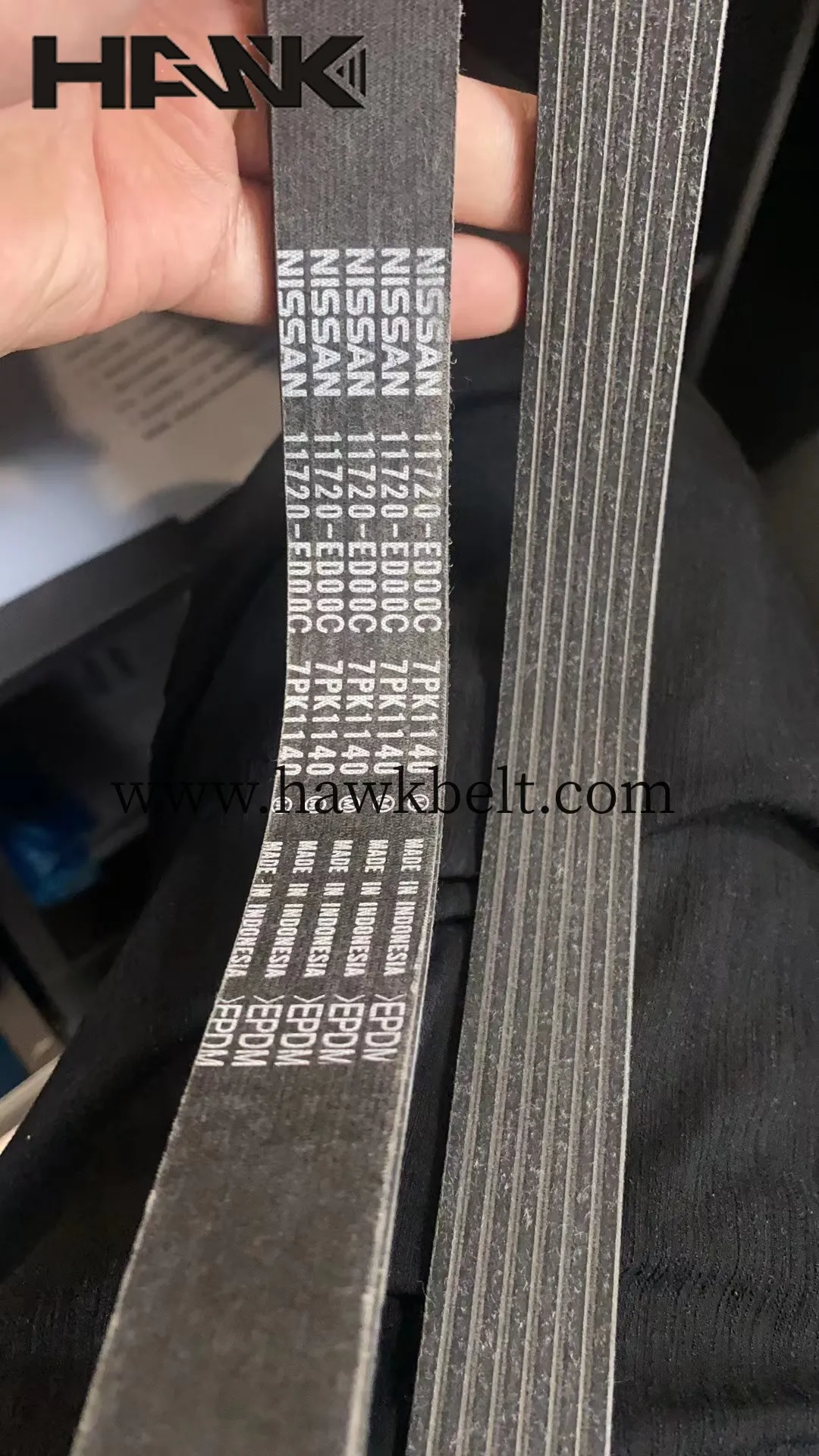- Arabic
- French
- Russian
- Spanish
- Portuguese
- Turkish
- Armenian
- English
- Albanian
- Amharic
- Azerbaijani
- Basque
- Belarusian
- Bengali
- Bosnian
- Bulgarian
- Catalan
- Cebuano
- Corsican
- Croatian
- Czech
- Danish
- Dutch
- Afrikaans
- Esperanto
- Estonian
- Finnish
- Frisian
- Galician
- Georgian
- German
- Greek
- Gujarati
- Haitian Creole
- hausa
- hawaiian
- Hebrew
- Hindi
- Miao
- Hungarian
- Icelandic
- igbo
- Indonesian
- irish
- Italian
- Japanese
- Javanese
- Kannada
- kazakh
- Khmer
- Rwandese
- Korean
- Kurdish
- Kyrgyz
- Lao
- Latin
- Latvian
- Lithuanian
- Luxembourgish
- Macedonian
- Malgashi
- Malay
- Malayalam
- Maltese
- Maori
- Marathi
- Mongolian
- Myanmar
- Nepali
- Norwegian
- Norwegian
- Occitan
- Pashto
- Persian
- Polish
- Punjabi
- Romanian
- Samoan
- Scottish Gaelic
- Serbian
- Sesotho
- Shona
- Sindhi
- Sinhala
- Slovak
- Slovenian
- Somali
- Sundanese
- Swahili
- Swedish
- Tagalog
- Tajik
- Tamil
- Tatar
- Telugu
- Thai
- Turkmen
- Ukrainian
- Urdu
- Uighur
- Uzbek
- Vietnamese
- Welsh
- Bantu
- Yiddish
- Yoruba
- Zulu
Nov . 09, 2024 15:03 Back to list
Current Trends and Prices of Polyurethane Belts in the Market
The Dynamics of Poly Belt Prices in Today's Market
In the contemporary industrial landscape, the demand for poly belts—also known as polyurethane belts—has been on the rise across various sectors. These versatile and durable components are integral to many applications, from manufacturing to automotive industries. Understanding the factors influencing poly belt prices is crucial for businesses and consumers alike, as it aids in making informed purchasing decisions.
Overview of Poly Belts
Poly belts offer numerous advantages, including high flexibility, wear resistance, and longevity. They are designed to withstand harsh environments, making them suitable for applications where traditional rubber belts may fail. This durability, coupled with their lightweight properties, gives them a competitive edge, which has contributed to their increasing adoption across multiple industries.
Factors Influencing Prices
1. Raw Material Costs The production of poly belts is heavily reliant on raw materials such as polyurethane, which is derived from petrochemicals. Fluctuations in oil prices can significantly impact the cost of raw materials, which, in turn, affects the price of poly belts. When crude oil prices rise, the cost of production for poly belts typically follows suit, leading to increased market prices.
2. Supply Chain Dynamics The global supply chain has faced significant disruptions in recent years due to events such as the COVID-19 pandemic, geopolitical tensions, and trade policies. These disruptions can lead to shortages in raw materials or delays in production, driving up prices. Manufacturers may increase their rates to mitigate the impact of these supply chain challenges.
3. Demand Variability The demand for poly belts varies across industries and regions. For instance, the automotive sector, which is experiencing a shift towards more complex and efficient machinery, often requires high-quality poly belts. Such demands can push prices higher, particularly in times of increased production rates or technological advancements that necessitate upgraded equipment.
poly belt price

4. Technological Advancements Innovations in manufacturing processes and advancements in material science can influence poly belt pricing. High-performance poly belts that boast enhanced features—such as greater temperature resistance or improved tensile strength—may command higher prices. Conversely, as technologies improve, production costs may decrease, allowing companies to offer lower prices over time.
5. Market Competition The poly belt market encompasses a range of manufacturers and suppliers. Increased competition can lead to price wars, benefiting consumers through lower prices. However, in a market dominated by a few key players, prices may be steadied or even elevated due to reduced competition. Staying informed about emerging competitors is crucial for understanding potential shifts in pricing strategies.
The Future of Poly Belt Pricing
Looking toward the future, several trends may shape poly belt pricing. Sustainability is becoming an increasingly important consideration for both manufacturers and consumers. The push for eco-friendly materials could lead to new formulations for poly belts, potentially impacting costs. As the industry moves toward greener practices, investing in such materials might initially raise prices, but could stabilize or lower them in the long run.
Furthermore, automation and the digitalization of manufacturing processes may streamline production, potentially reducing costs. Companies that invest in cutting-edge technology could see a decrease in production costs, allowing them to pass savings onto consumers.
Conclusion
The pricing of poly belts is influenced by an intricate web of factors ranging from raw material costs to market competition. Businesses must remain vigilant and adaptable to changes in these dynamics to navigate the complexities of sourcing poly belts effectively. Ultimately, a thorough understanding of market trends and the various elements influencing prices can empower consumers and businesses to make smarter purchasing decisions, ensuring they secure the best possible products for their needs in an ever-evolving marketplace.
-
Upgrade Power Steering Pump Belt for Smooth, Quiet Operation
NewsAug.27,2025
-
Precision Timing Belt & Chain: Engine Performance & Durability
NewsAug.26,2025
-
Precision Lathe Drive Belts: Durable & Reliable Performance
NewsAug.25,2025
-
84.5 Serpentine Belt: Durable & Precision Fit for Your Engine
NewsAug.24,2025
-
Premium Ribbed Drive Belts for Quiet Power Transmission
NewsAug.23,2025
-
High-Performance Vehicle Timing Belt for Engine Precision
NewsAug.22,2025

